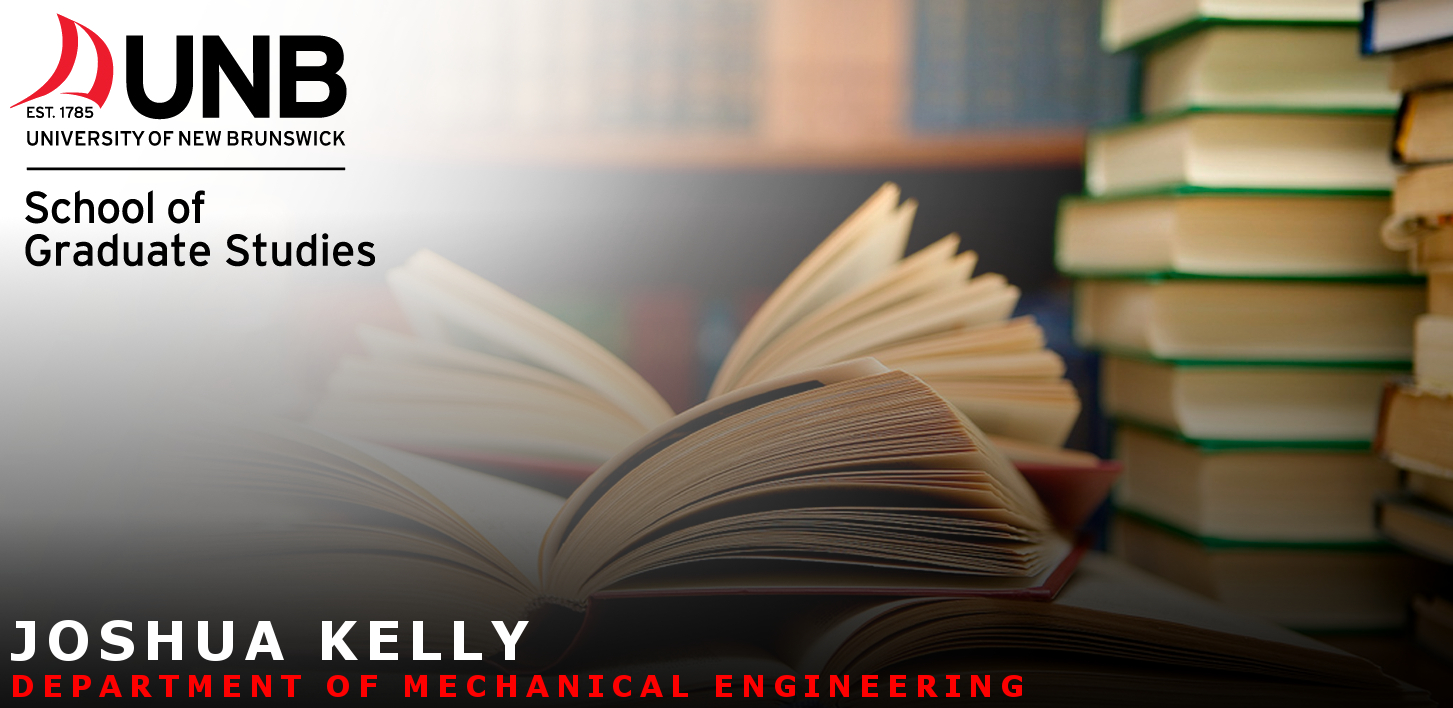Joshua Kelly - MScE Oral Examnitation
Author: kyle
Posted on Jan 12, 2018
Category: Thesis Corner

Joshua Kelly
Mechanical Characterization, Constitutive and Finite Modelling of SMC Composites with Randomly Orientated Glass Fibres
- Date: January 30th
- Time: 9:00 a.m.
- Location: ADI Studio, Room C25, Head Hall
Abstract
Composite materials have recently been of particular interest of the automotive industry due to their high strength-to-weight ratio and versatility. Among different composite materials used in mass-produced cars, are sheet molded compound (SMC) composites, which consist of random fibres making them inexpensive candidates for non-structural applications in future vehicles. In this work, a constitutive and finite model describing the deformation behavior of an SMC composite were developed. Materials were prepared with varying fibre orientation and volume fraction and put through a series of uniaxial tensile and flexural tests at varying strain rates. Tensile strength was found to increase with increasing volume fraction, while strain rate had a similar effect but tensile strength was much less sensitive to strain rate. Flexural strength was found to also increase with increasing fibre percentage; however, failure displacement was found to decrease. The two material orientations used, longitudinal and transverse, had vastly different results in reference to tensile strength and fracture strain. Yield and ultimate tensile strengths were higher in the transverse direction. The uniaxial experimental results were used to develop a general Holloman type analytical model and to create and calibrate the finite model, with both including the effects of strain, strain rates, and volume fraction of fibres. The analytical model was found to accurately predict composite deformation in majority of cases, while some error was found in tensile properties of SMC composites with lower volume fractions and high strain rates. The finite element model, validated by the flexural results, closely predicted both SMC volume fraction samples predicting the failure force and displacement with less than 3.5% error in the lower volume fraction tests and 6.6%error in the higher volume fraction tests.
